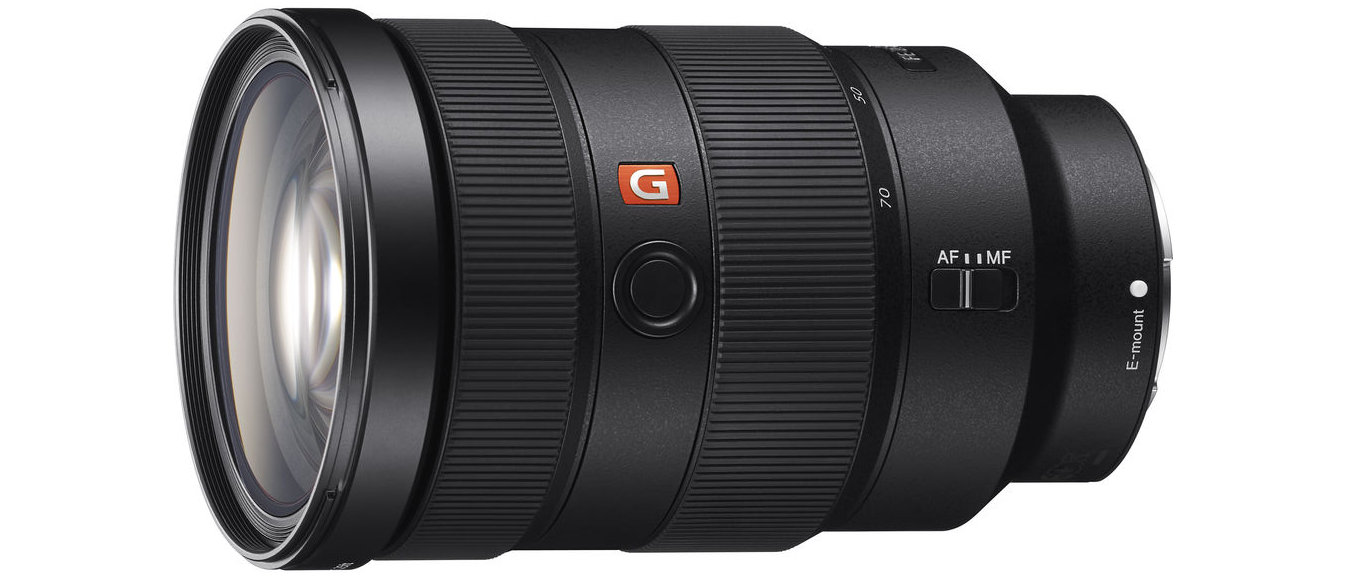Digital Camera World Verdict
Stellar image quality, super-fast autofocus and refined handling make this one of the finest standard zooms on the market. Fully pro-grade construction gives the lens a robust feel, with extensive weather-seals incorporated in the design. It’s a top performer in all respects, but is expensive to buy and a weighty proposition for slimline mirrorless Alpha bodies.
Pros
- +
Superb image quality
- +
High-speed autofocus
- +
Robust build quality
Cons
- -
Fairly big and hefty
- -
Expensive to buy
- -
No optical stabilization
Why you can trust Digital Camera World
The Sony FE 24-70mm f/2.8 GM occupies the middle ground in Sony’s trinity G Master f/2.8 zoom line-up, flanked by the similarly impressive FE 12-24mm f/2.8 GM and FE 70-200mm f/2.8 GM OSS lenses. As such, it has an f/2.8 aperture rating that remains constant throughout the aperture range and top-end construction, along with a weighty build and price tag.
Specifications
Mount: Sony E (FE)
Sony model number: SEL2470GM
Full frame: Yes
Autofocus: Yes
Image stabilization: No
Lens construction: 18 elements in 13 groups
Angle of view: 84-34 degrees
Diaphragm blades: 9
Minimum aperture: f/22
Minimum focusing distance: 0.38m
Maximum magnification ratio: 0.24x
Filter size: 82mm
Dimensions: 88x136mm
Weight: 886g
Key features
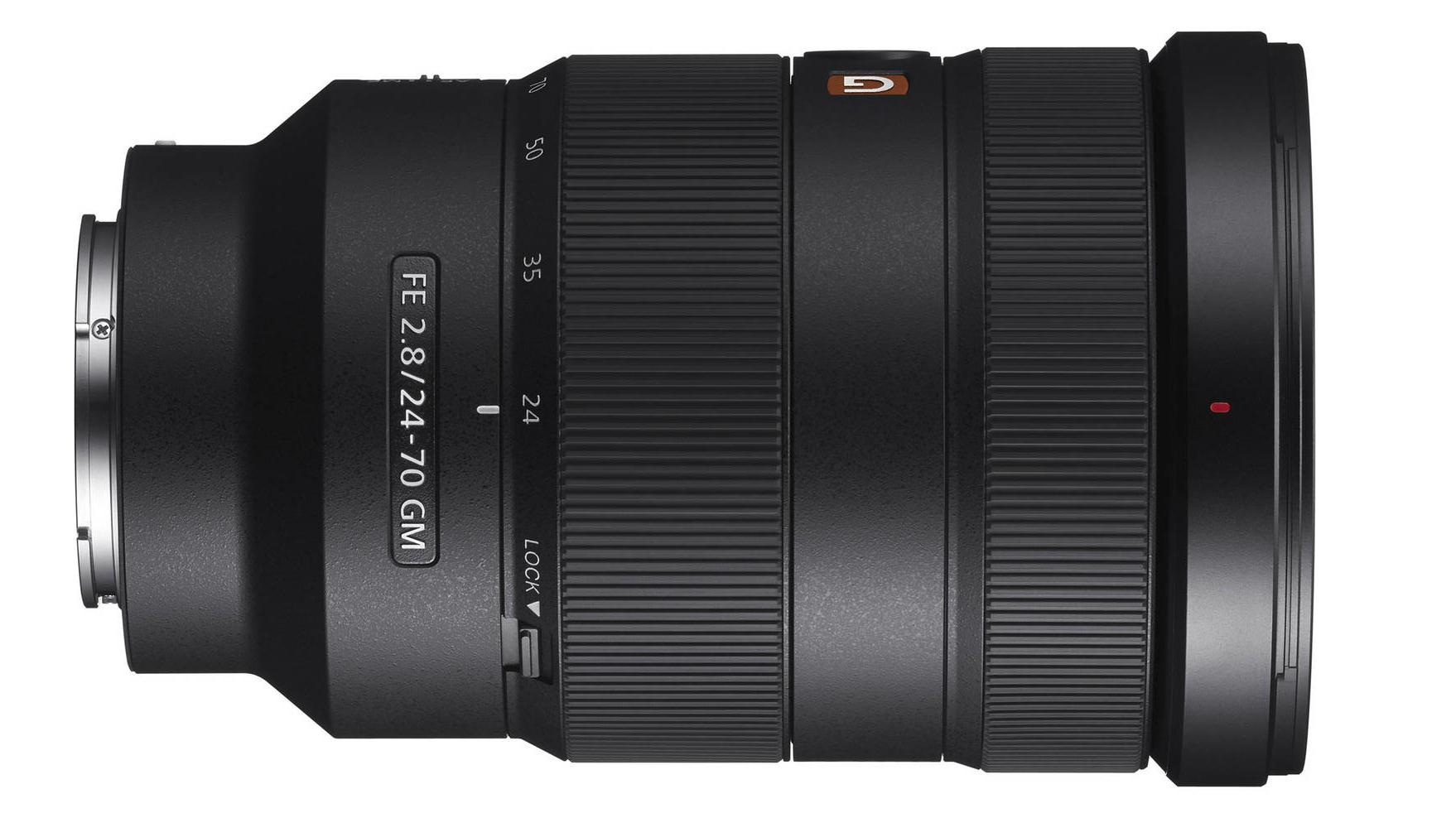
Leapfrogging the Zeiss badged FE 24-70mm f/4 ZA OSS, this G Master lens is as good as it gets for an own-brand Sony standard zoom. And so it should be, costing about five times the price of the FE 28-70mm f/3.5-5.6 OSS kit lens. It’s comparatively huge, measuring 88x136mm and physically extending further at longer zoom settings, while weighing a hefty 886g.
The weather-sealed construction of the lens feels really solid and sturdy, and the lens features a customizable focus hold function, along with AF/MF and zoom lock switches. There’s no shortage of quality glass in the 18-element line-up, including one ultra-high-precision XA (eXtreme Aspherical) element, two further aspherical elements, one ED (Extra-low Dispersion) element and one Super ED element. Nano AR Coating is also employed to minimize ghosting and flare.
Performance
Autofocus is driven by a Direct Drive SuperSonic Motor (DDSSM), which is blazing fast for stills as well as enabling smooth and near-silent autofocus transitions during movie capture. There’s no optical stabilizer but this is only an issue with first edition Sony mirrorless full-frame cameras that lack in-body stabilization. Image quality is spectacular in all respects.
Lab results
We run a range of lab tests under controlled conditions, using the Imatest Master testing suite. Photos of test charts are taken across the range of apertures and zooms (where available), then analyzed for sharpness, distortion and chromatic aberrations.
We use Imatest SFR (spatial frequency response) charts and analysis software to plot lens resolution at the center of the image frame, corners and mid-point distances, across the range of aperture settings and, with zoom lenses, at four different focal lengths. The tests also measure distortion and color fringing (chromatic aberration).
Sharpness:
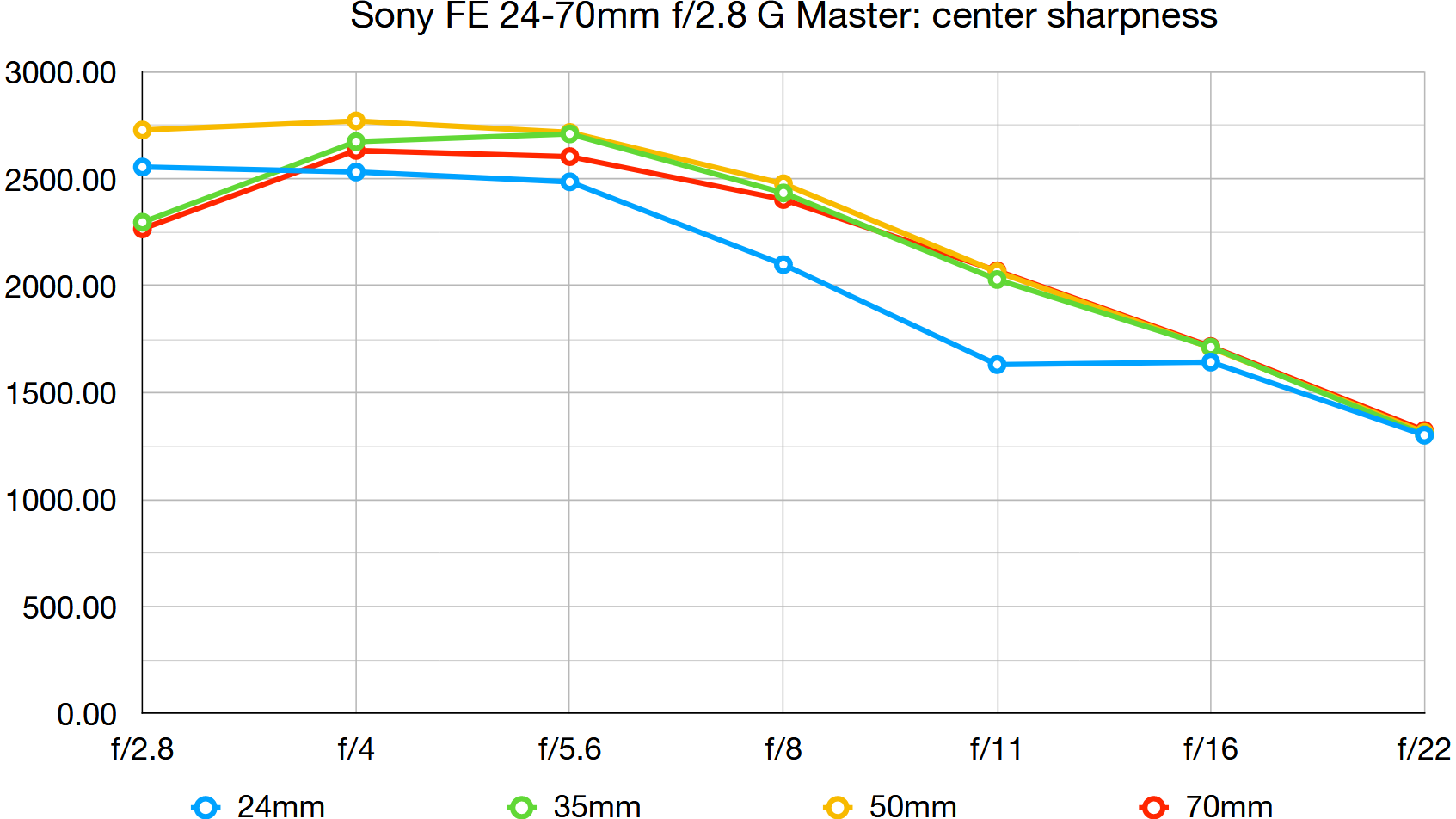
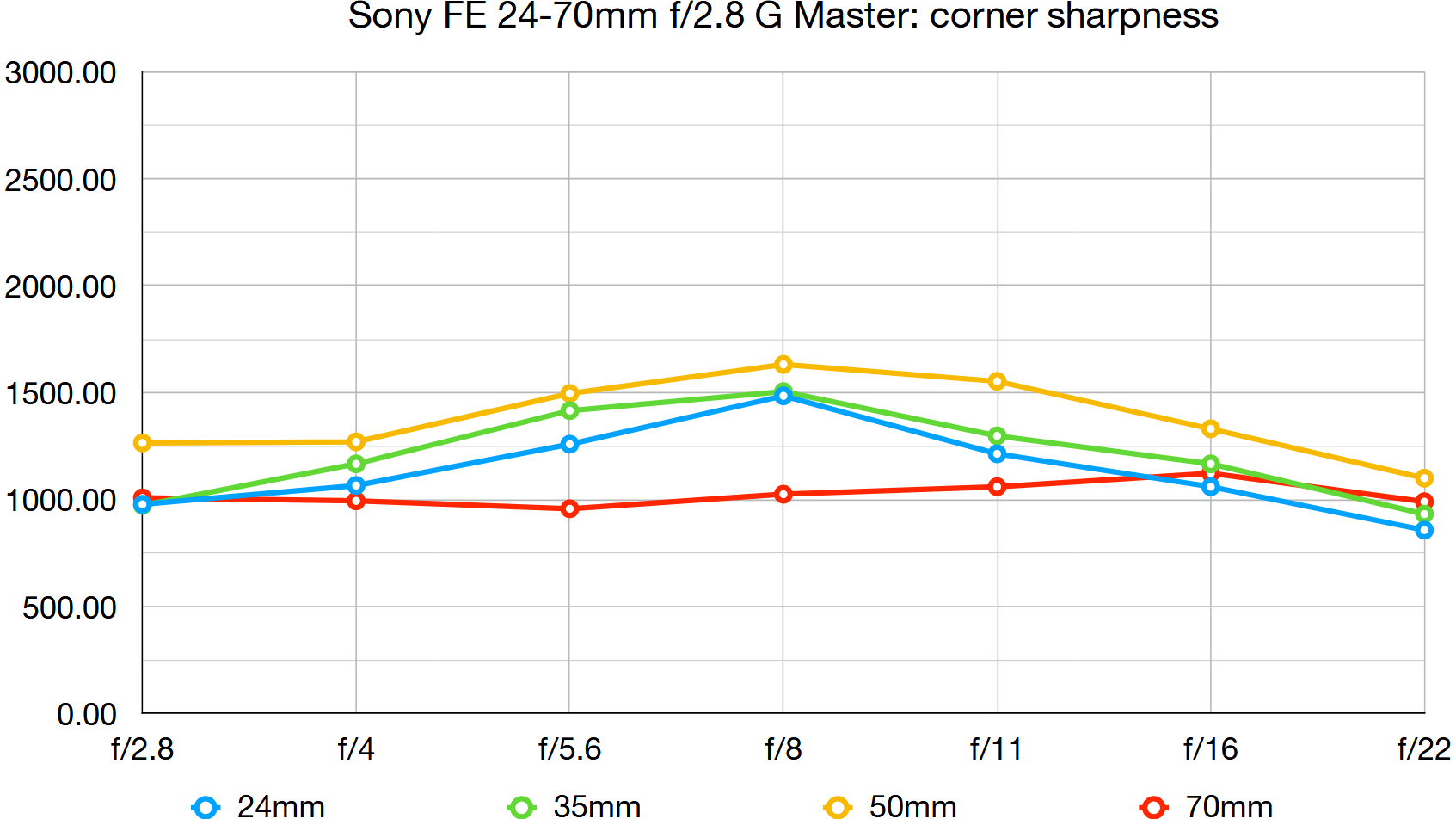
Even when shooting wide-open, sharpness is simply phenomenal, throughout the entire zoom range.
Fringing:

There’s only very minimal color fringing at 24mm, and even less at mid to long zoom settings.
Distortion:
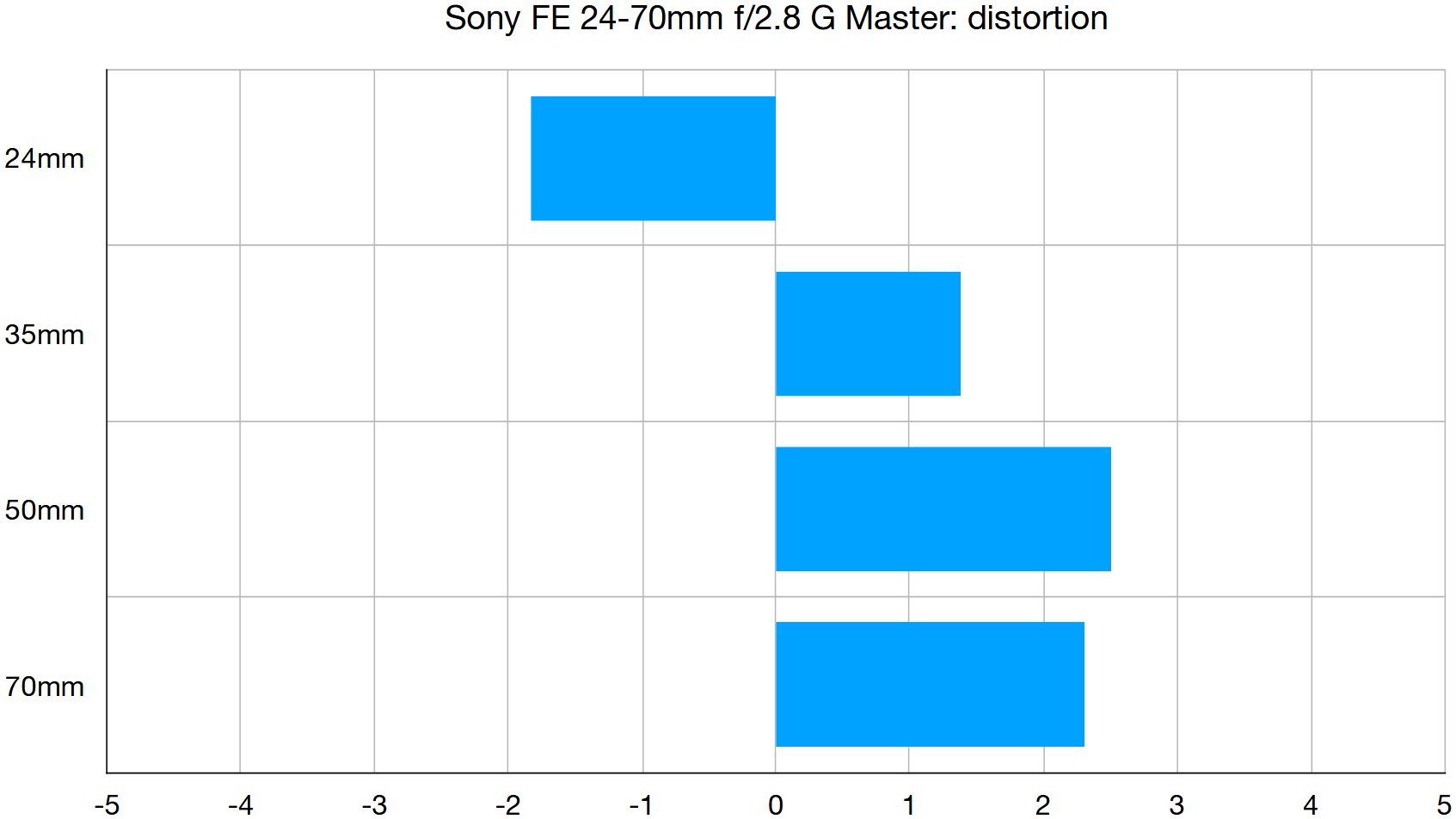
When uncorrected, there’s modest barrel distortion at 24mm and a little pincushion at mid to long focal lengths. That said, lenses designed for mirrorless cameras are increasingly relying on in-camera corrections for distortion-free results.
Verdict
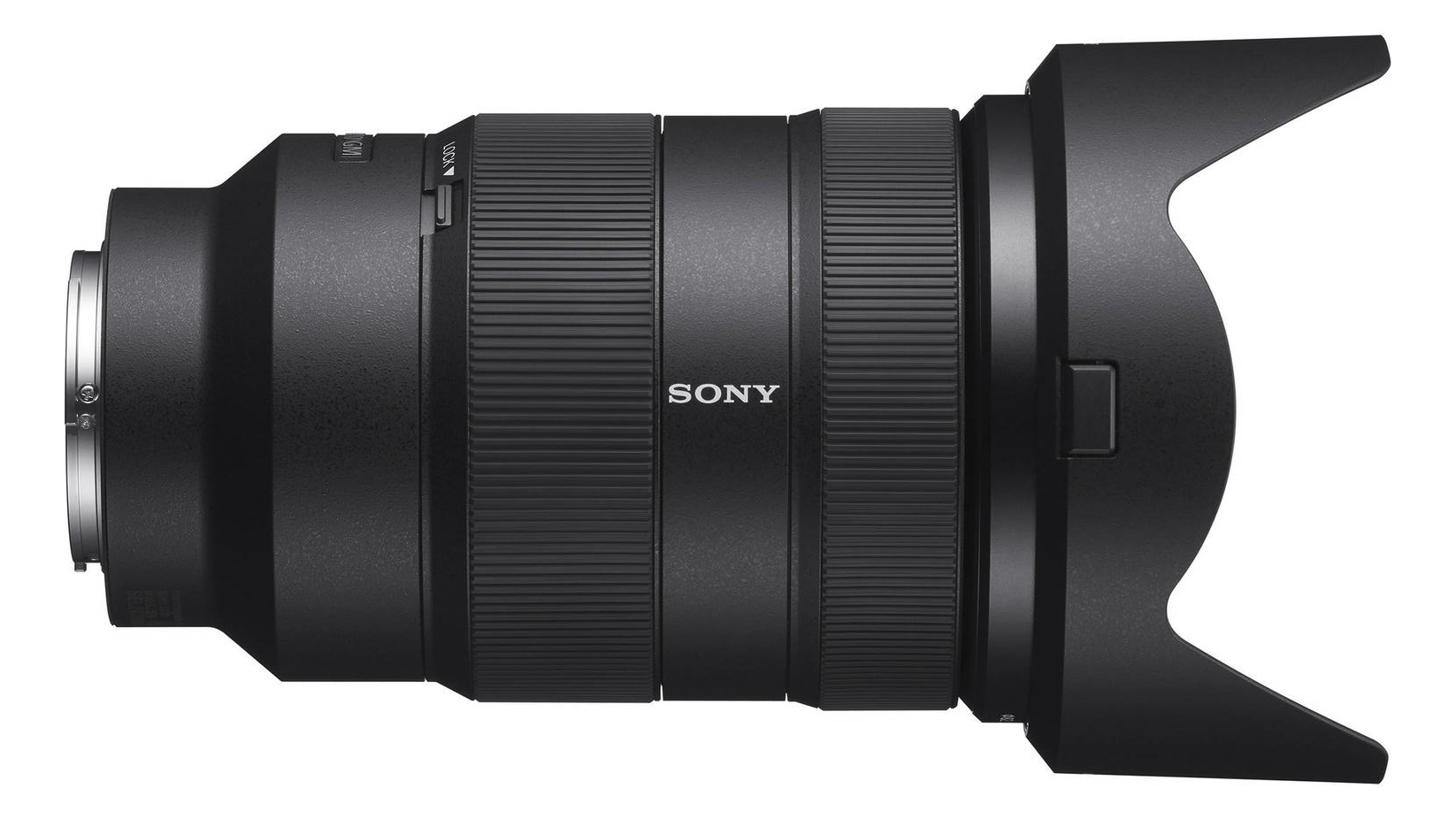
Stellar image quality, super-fast autofocus and refined handling make this one of the finest standard zooms on the market. Fully pro-grade construction gives the lens a robust feel and extensive weather-seals are incorporated in the design. It’s a top performer in all respects, but is expensive to buy and it’s a weighty proposition for slimline mirrorless Alpha bodies.
Read more:
• Best camera lenses to get
• Best Canon lenses
• Best Nikon lenses
• Best Sony lenses
Matthew Richards is a photographer and journalist who has spent years using and reviewing all manner of photo gear. He is Digital Camera World's principal lens reviewer – and has tested more primes and zooms than most people have had hot dinners!
His expertise with equipment doesn’t end there, though. He is also an encyclopedia when it comes to all manner of cameras, camera holsters and bags, flashguns, tripods and heads, printers, papers and inks, and just about anything imaging-related.
In an earlier life he was a broadcast engineer at the BBC, as well as a former editor of PC Guide.

